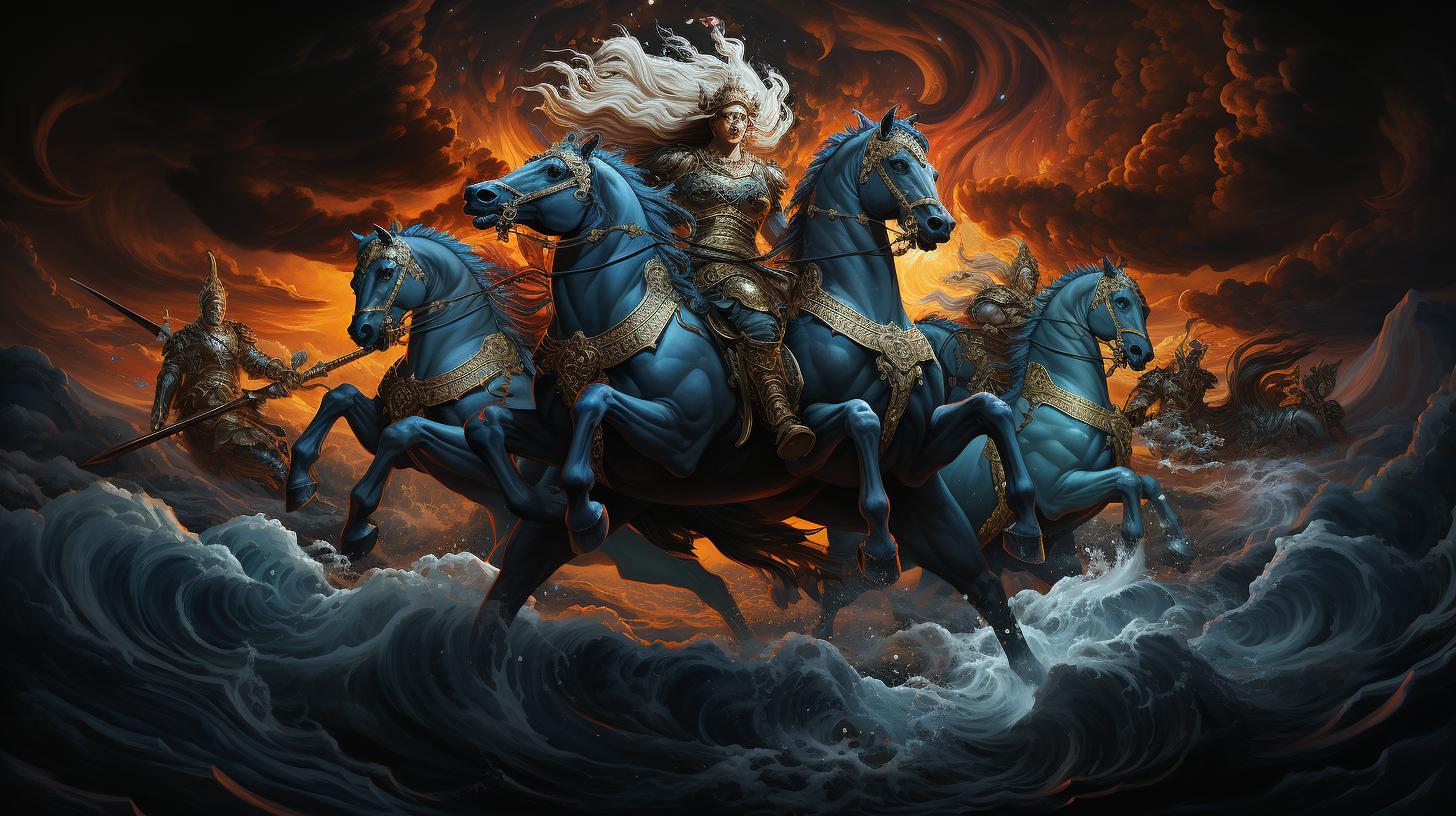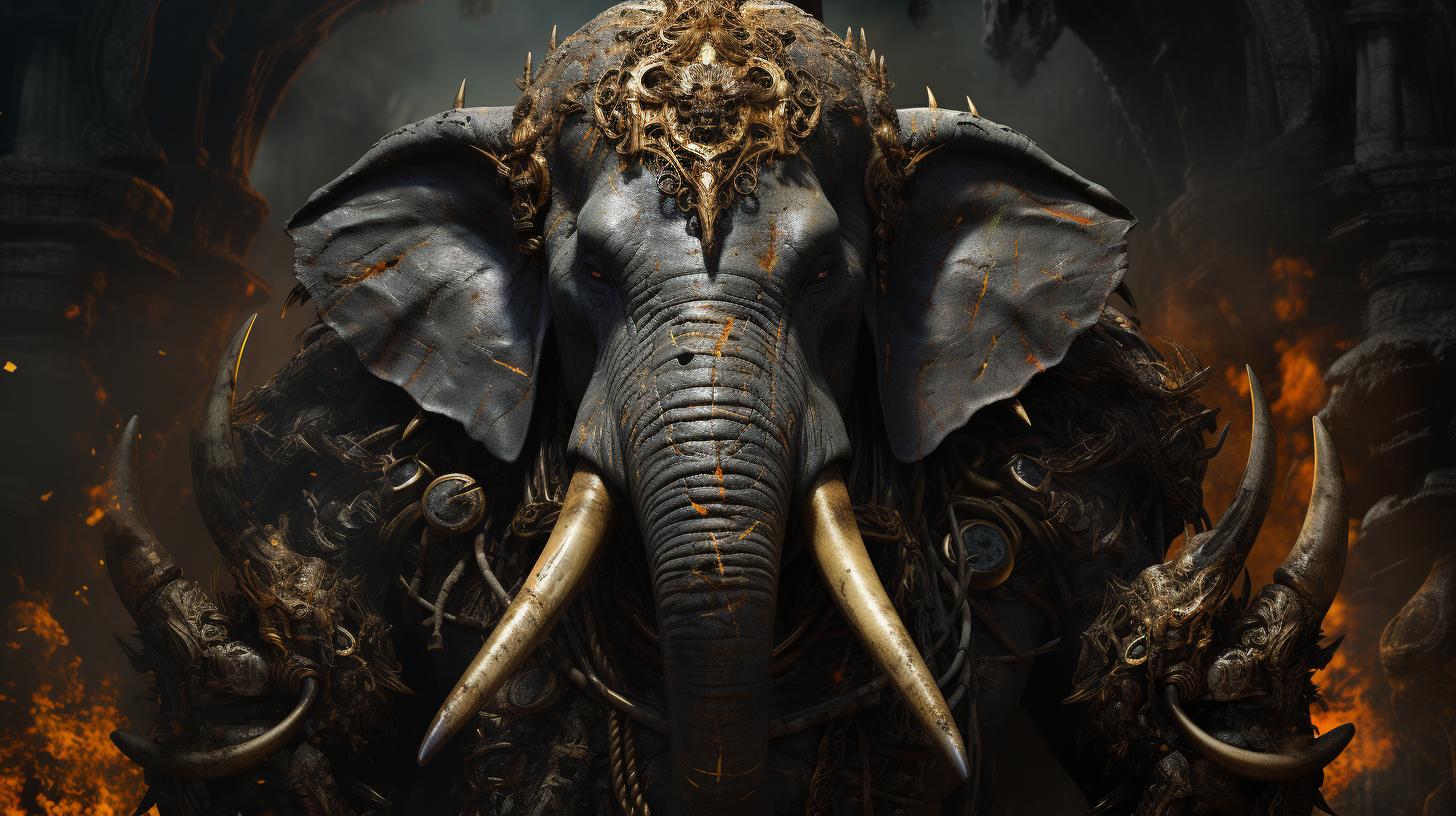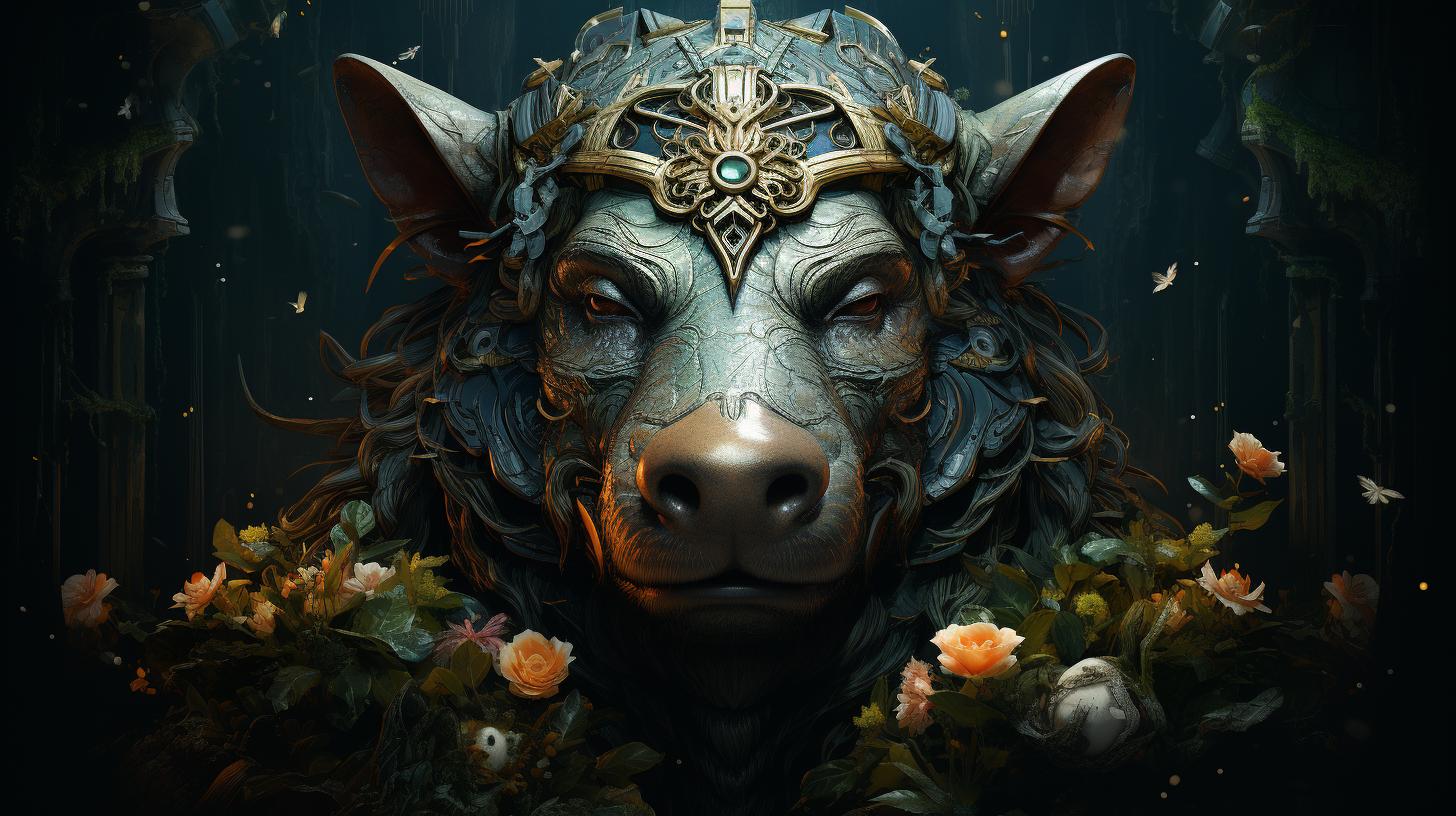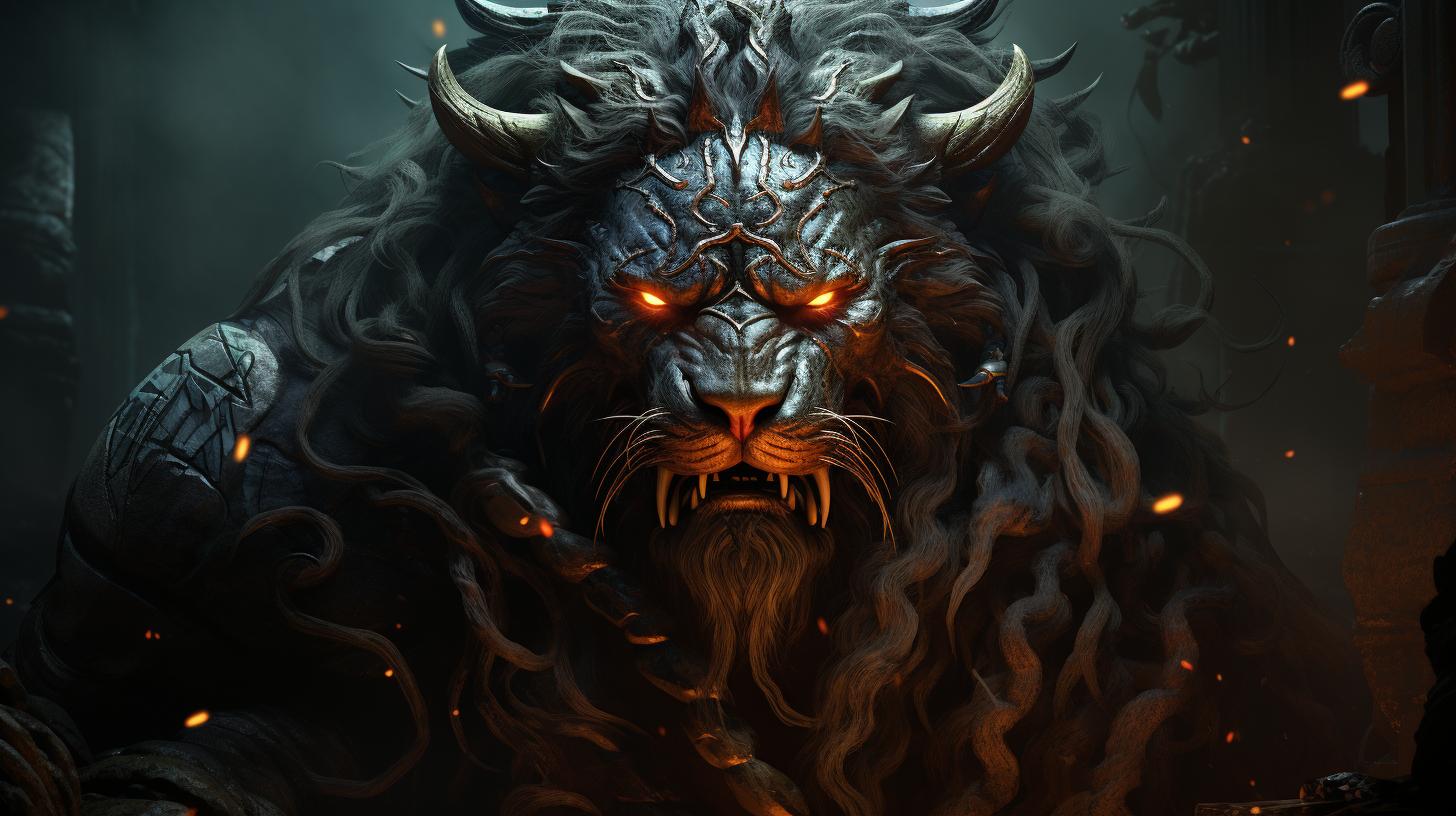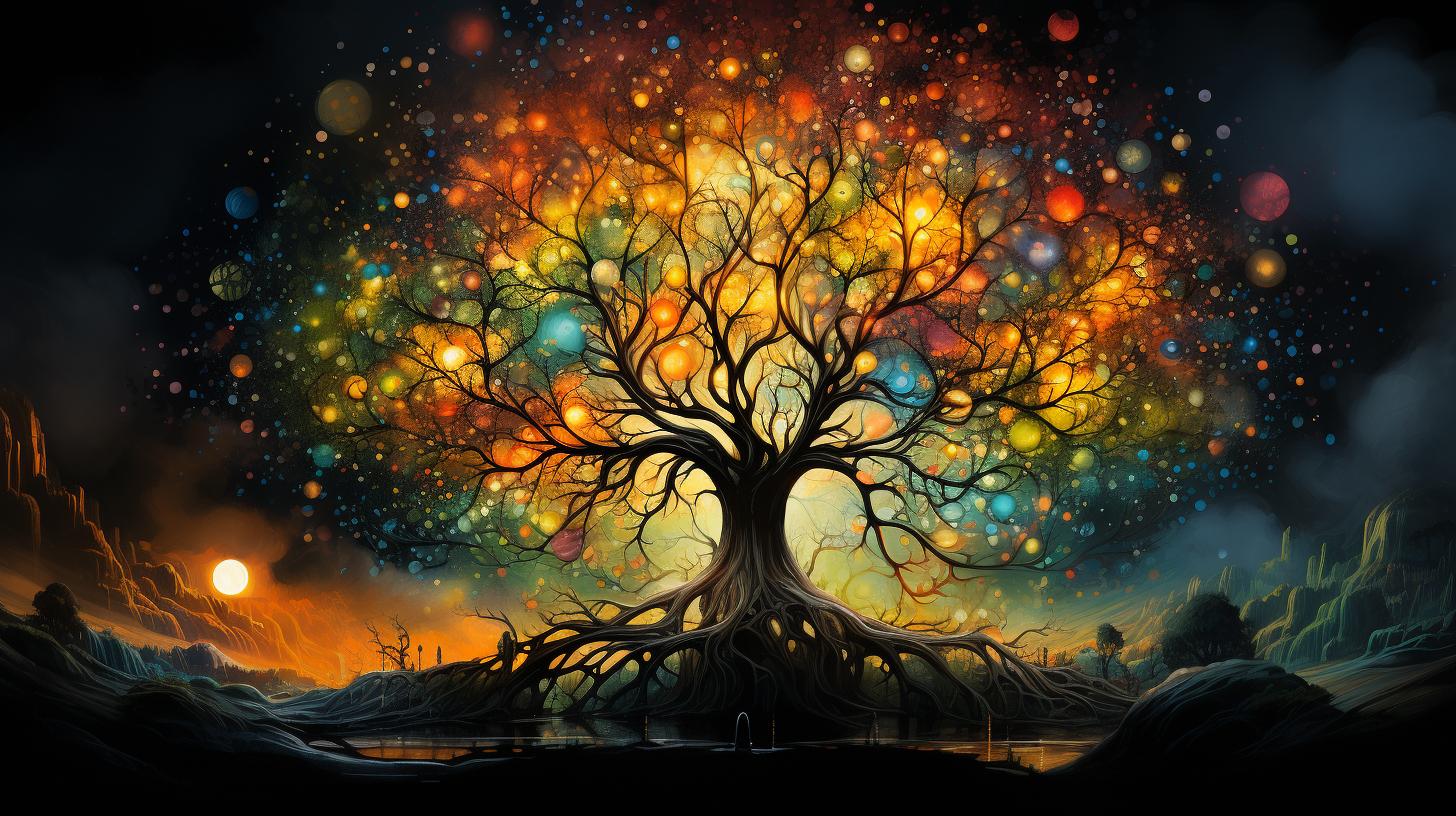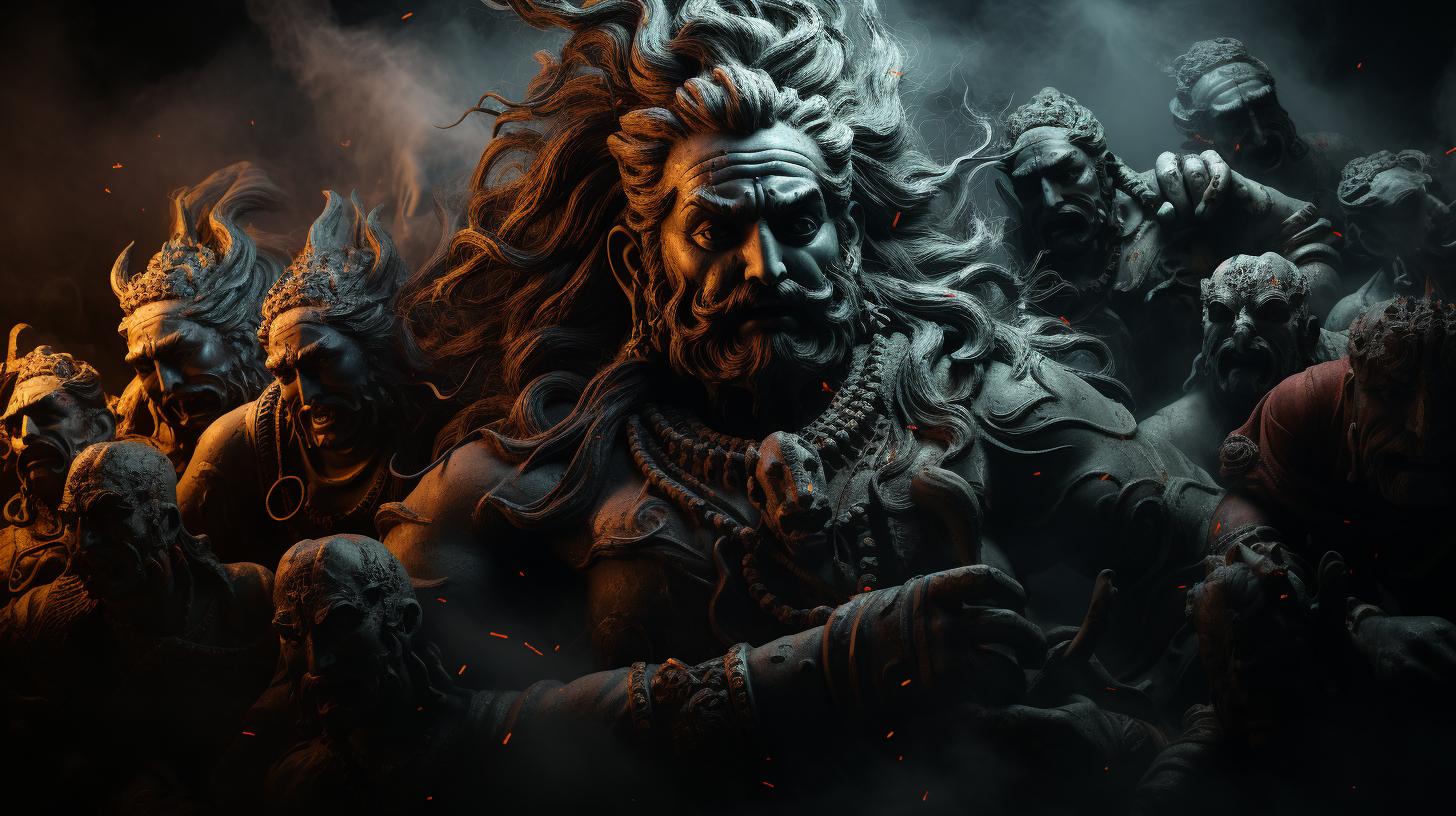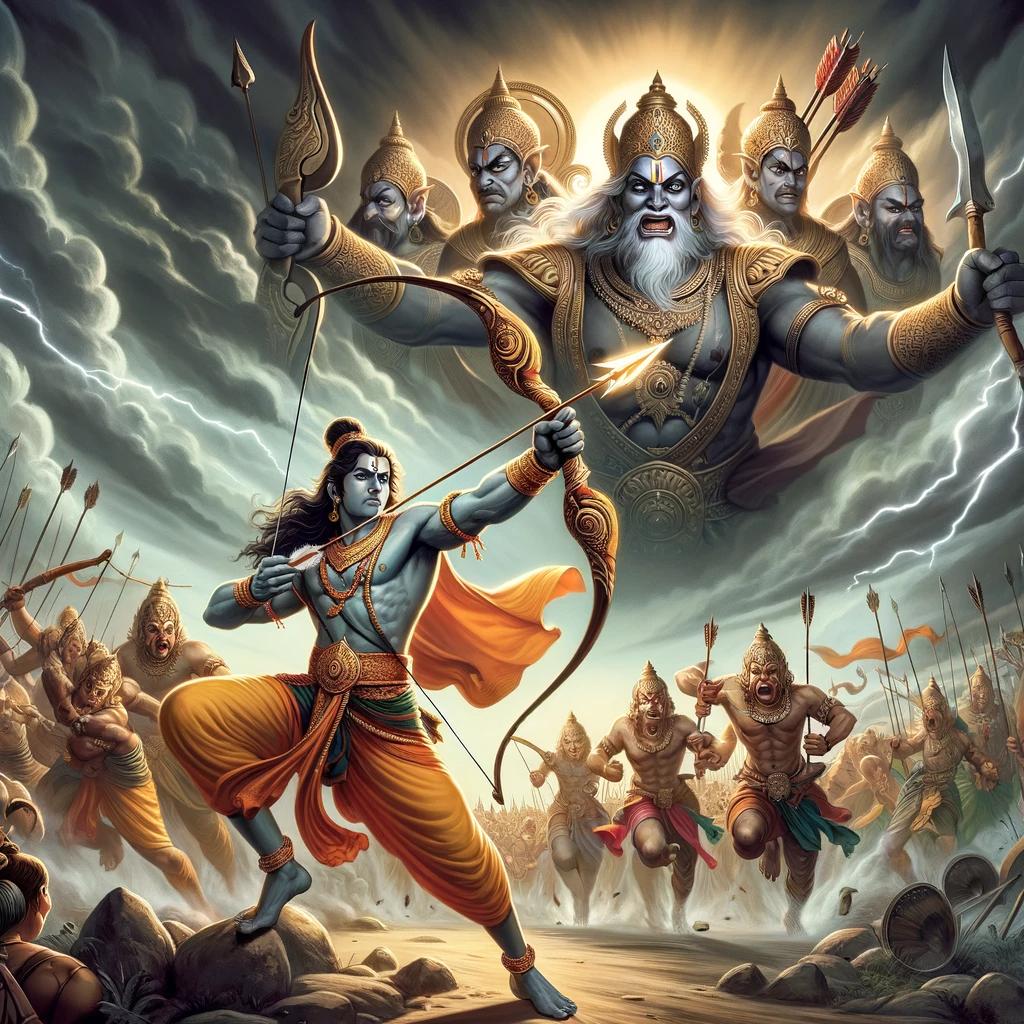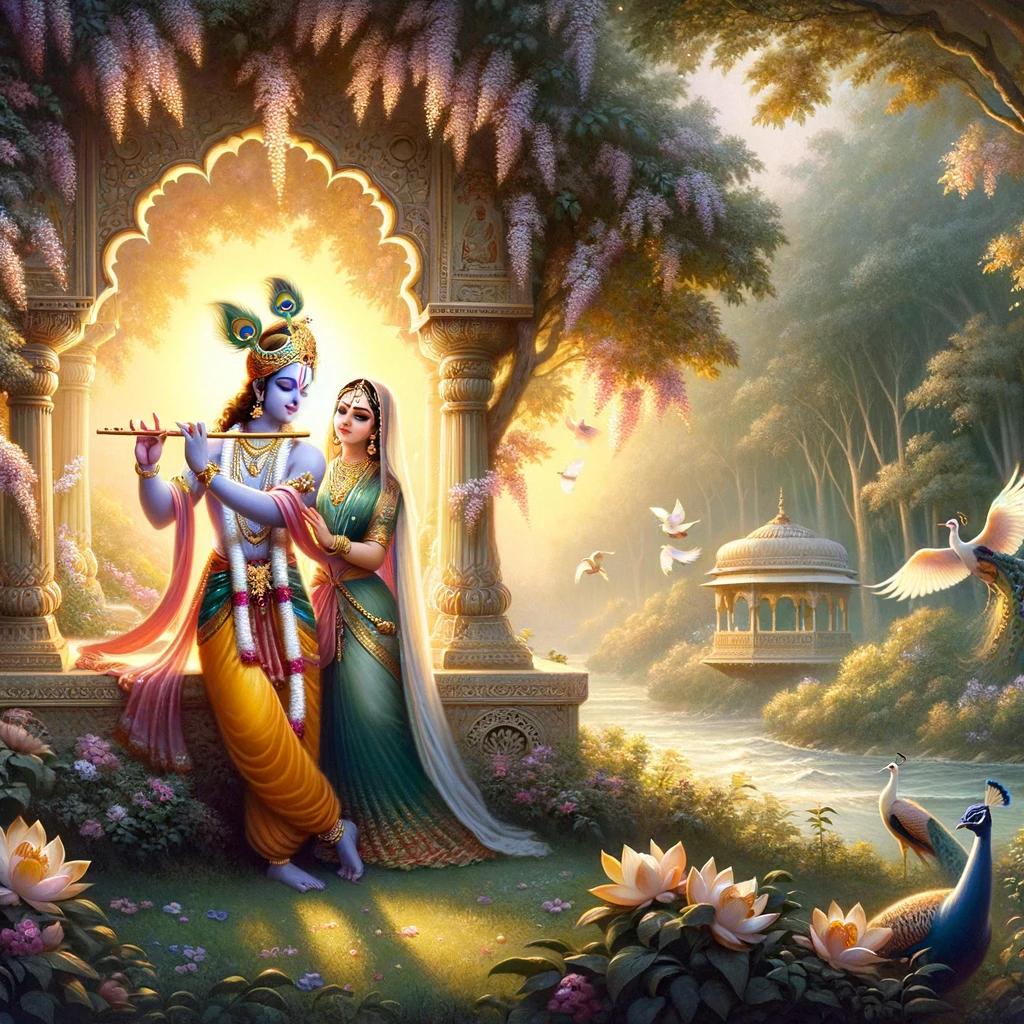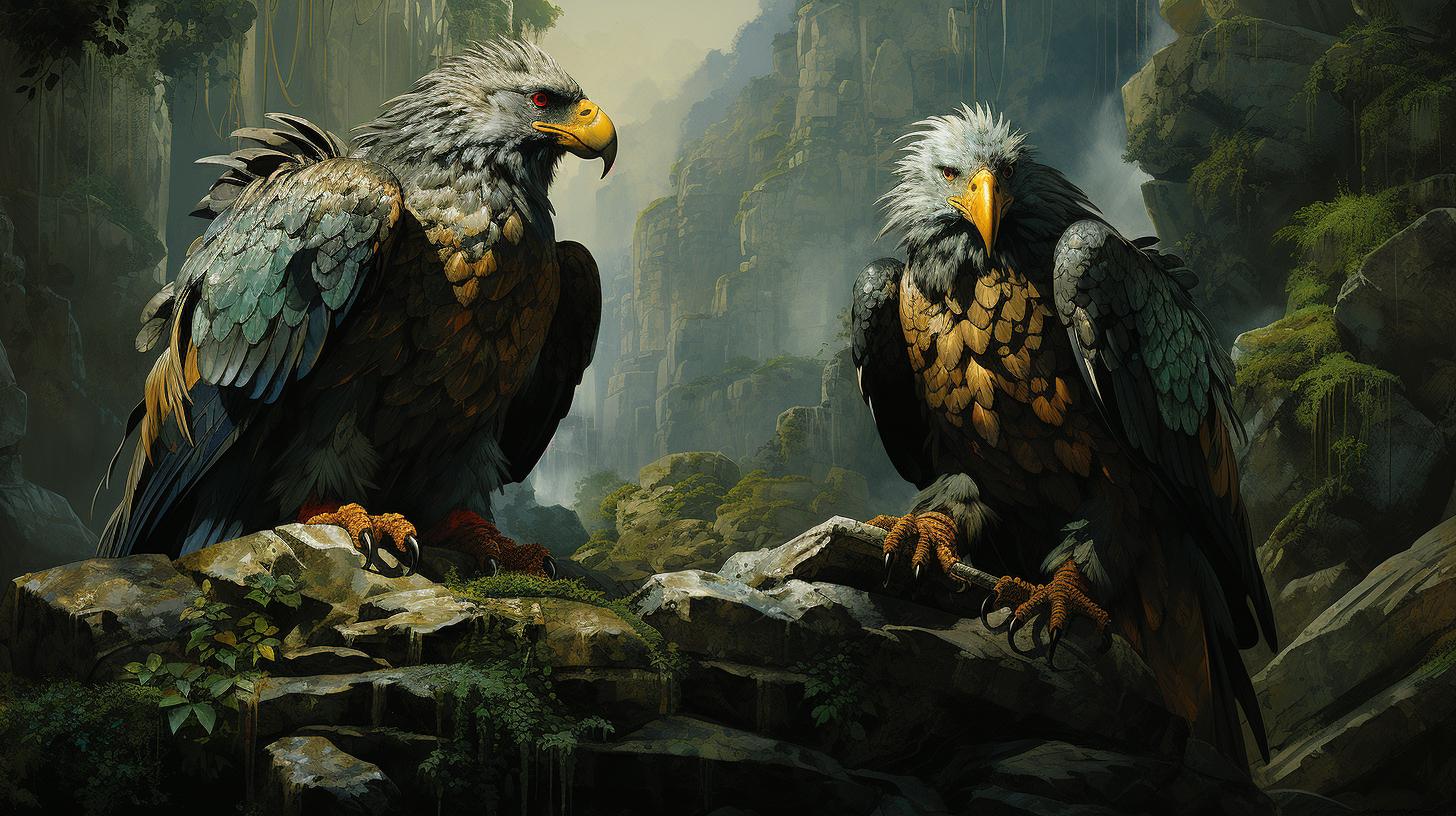Uchchaihshravas Horse: The Divine Flying Steed of Hindu Mythology
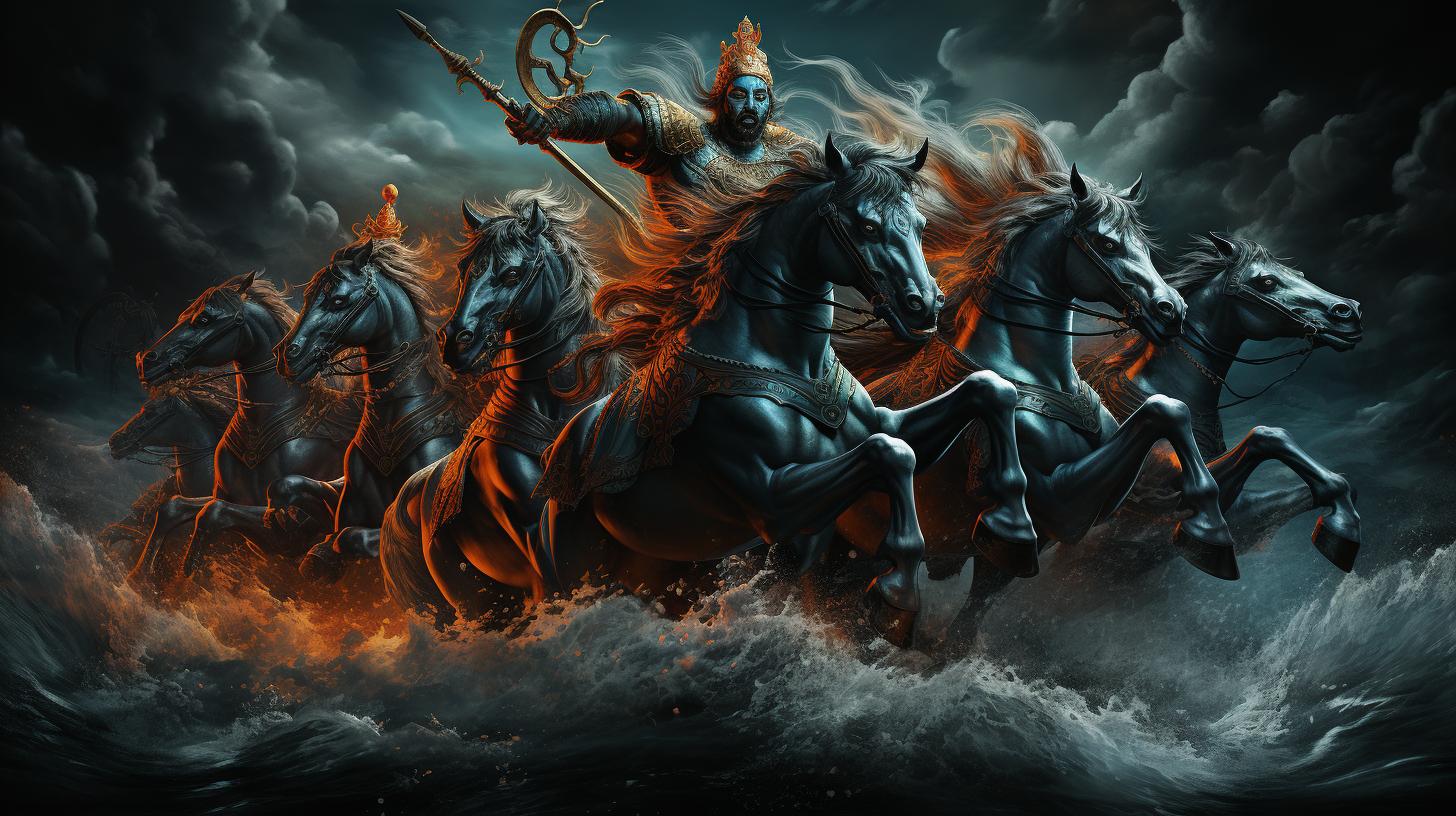
Legend has it that Uchchaihshravas is a divine horse with seven heads that possesses the remarkable ability to fly. This majestic creature emerged during the churning of the milk ocean, a significant event in Hindu mythology.
Considered the king of all horses, Uchchaihshravas is revered as the vahana (vehicle) of Indra, the king of gods. This article explores the origins, symbolism, and cultural significance of this mythical being.
Additionally, it delves into the story of the milk ocean’s agitation and the treasures that emerged from it. It also examines Uchchaihshravas’ appearances in Hindu epics and its depiction in popular culture, demonstrating its enduring influence.
Uchchaihshravas: The Divine Seven-Headed Flying Horse
Uchchaihshravas is an extraordinary creature in Hindu mythology, revered as the divine seven-headed flying horse. This majestic horse holds immense significance and plays a prominent role in various Hindu narratives, sculptures, and religious scriptures.
Let’s delve into the mythology and origins of Uchchaihshravas, explore its symbolic meaning and importance in Hindu mythology, and discover its association as the celestial vehicle (vahana) of Indra, the king of gods.
Mythology and Origins of Uchchaihshravas
The roots of Uchchaihshravas lie in the fascinating tale of the churning of the milk ocean, a celestial event in Hindu cosmology. During this grand agitation, Uchchaihshravas sprung forth from the ocean, along with other treasures like the goddess of fortune, Lakshmi, and the nectar of immortality, known as amrita.
The precise origins and symbolism of Uchchaihshravas are explored in various Hindu texts and epics, offering us a deeper understanding of its significance.
Significance of Uchchaihshravas in Hindu Mythology
Uchchaihshravas holds a position of great importance in Hindu mythology. It represents power, divinity, and the epitome of equine excellence. As one of the most revered mythological creatures, it symbolizes strength, wisdom, and transcendence.
The seven heads of Uchchaihshravas are associated with the seven lokas (cosmic realms). Exploring its significance provides a glimpse into the broader themes and values within Hindu mythology.
Uchchaihshravas as Indra’s Vahana
Indra, the mighty king of gods, mounts Uchchaihshravas as his celestial vehicle, reflecting the horse’s divine nature.
In Hindu iconography and religious art, Uchchaihshravas is often depicted as carrying Indra through the heavens, embodying the power and authority of the deity. Its association with Indra further enhances its symbolic role as a conduit between the mortal and divine realms, signifying the transcendence of earthly limitations.
The Churning of the Milk Ocean
The Churning of the Milk Ocean is a significant event in Hindu mythology that holds great importance in the story of Uchchaihshravas. It is a cosmic episode where the gods (devas) and demons (asuras) come together to churn the primordial ocean in search of the elixir of immortality, known as amrita.
Understanding the Churning of the Milk Ocean
The Churning of the Milk Ocean involved using Mount Mandara as the churning rod and the serpent Vasuki as the rope. Devas and asuras held each end of the serpent and churned the ocean vigorously.
This cosmic churn created tremendous waves and stirred the ocean to its depths for thousands of years.
Treasures and Deities Emerged from the Ocean
As a result of the churning, various valuable treasures and divine beings emerged from the tumultuous ocean. These included the goddess Lakshmi, the personification of fortune and wealth, and the divine nectar of immortality, amrita.
Uchchaihshravas and the Agitation of the Ocean
Amidst the churning, Uchchaihshravas, the magnificent seven-headed flying horse, also emerged from the ocean. This divine horse, adorned with incomparable beauty and grace, became one of the treasures bestowed upon the world through this cosmic event.
Its appearance symbolizes the abundance and auspiciousness that arose from the agitated milk ocean.
The Churning of the Milk Ocean not only gave rise to Uchchaihshravas, but it also brought forth other treasures and deities that play significant roles in Hindu mythology.
Understanding this epic event helps us appreciate the context of Uchchaihshravas’ existence and his profound significance in Hindu culture.
Uchchaihshravas in Hindu Epics and Texts
Uchchaihshravas holds a significant place in Hindu epics and texts, showcasing its importance and revered status. Let’s explore its mentions in the renowned scriptures such as the Bhagavad Gita, the Mahabharata, and the Vishnu Purana.
Uchchaihshravas in the Bhagavad Gita
The Bhagavad Gita, a sacred Hindu scripture, references Uchchaihshravas in a symbolic manner. Lord Krishna, the eighth incarnation of Lord Vishnu, declares himself as the ultimate source of all beings and states that among horses, he is Uchchaihshravas, born from the sacred nectar, Amrita.
References to Uchchaihshravas in the Mahabharata
The epic Mahabharata, one of the longest ancient texts, also mentions Uchchaihshravas. It narrates stories about the churning of the milk ocean event where Uchchaihshravas emerged along with other celestial treasures.
The horse’s extraordinary nature and significance highlight its revered status in Hindu mythology.
Uchchaihshravas in the Vishnu Purana
The Vishnu Purana, another important Hindu scripture, provides insights into the celestial origins of Uchchaihshravas. It mentions how Brahma, the creator deity, performed a sacrificial ritual that resulted in the creation of this divine horse.
Uchchaihshravas, with its supernatural abilities and majestic appearance, captured the attention and became a prominent character in the narrative.
Symbolism and Symbolic Meaning of Uchchaihshravas
Uchchaihshravas, the divine seven-headed flying horse, holds significant symbolism in Hindu mythology. It represents various aspects of divine power, spiritual significance, and cultural symbolism. Let’s explore some of the key symbolic meanings associated with Uchchaihshravas:
Uchchaihshravas as a Symbol of Divine Power
Uchchaihshravas is widely regarded as a symbol of immense divine power.
As the king of all horses, it embodies strength, swiftness, and untamed energy. It serves as a celestial vehicle for Indra, the king of gods, emphasizing Uchchaihshravas’ role as a conduit for divine influence and authority.
Additionally, Uchchaihshravas’ ability to fly represents transcendence and the ability to rise above earthly limitations. It symbolizes the higher realms and serves as a reminder of the limitless potential within spiritual realms.
The White Color and Other Symbolic Attributes
The white color of Uchchaihshravas holds significant symbolic meaning. White is often associated with purity, divine energy, and spiritual enlightenment. Uchchaihshravas’ purity is believed to emanate from its divine origin, further accentuating its sacred and heavenly nature.
Furthermore, Uchchaihshravas is often depicted with seven heads, each representing different qualities or realms. These heads symbolize wisdom, knowledge, power, intuition, spirituality, creativity, and the ability to navigate different dimensions.
Uchchaihshravas in Comparative Mythology
It is intriguing to note the parallels between Uchchaihshravas and Sleipnir, the eight-legged steed of Odin in Norse mythology.
Both horses possess extraordinary abilities, such as flight and connection to divine realms. This comparison highlights the universal human fascination with divine and mythical horses across different cultures.
By examining Uchchaihshravas in comparative mythology, we gain a broader perspective on the cultural significance and archetypal symbolism associated with these divine horses.
In conclusion, Uchchaihshravas holds deep symbolic meaning in Hindu mythology. Its representation of divine power, purity, and connection to higher realms provides a rich tapestry of symbolism that continues to inspire and captivate individuals across different cultures and time.
Uchchaihshravas in Popular Culture
Uchchaihshravas, the divine seven-headed flying horse, holds a significant place in popular culture, transcending its roots in Hindu mythology. This majestic creature has captivated the imaginations of people around the world, including its presence in Balinese folklore, depictions in art and sculpture, and references in contemporary literature and media.
Uchchaihshravas in Balinese Folklore
In the folklore of Bali, Uchchaihshravas is revered as the king of demons. It is believed that this powerful horse possesses supernatural abilities and serves as a symbol of strength and might.
The Balinese people have incorporated Uchchaihshravas into their stories, dances, and rituals, honoring its mythical status and enduring presence.
Depictions of Uchchaihshravas in Art and Sculpture
Uchchaihshravas’ enchanting form has inspired artists and sculptors throughout history. From ancient cave paintings to intricate sculptures, this divine horse has been depicted in various art forms. Its seven heads, majestic wings, and ethereal appearance have made it a subject of awe and fascination, showcasing its prominent place in artistic interpretations across different cultures and time periods.
Uchchaihshravas in Contemporary Literature and Media
Uchchaihshravas continues to make appearances in contemporary literature and media, further solidifying its cultural significance. It has found its way into fantasy novels, where its celestial nature and extraordinary abilities lend an air of magic and wonder to the storylines.
In movies, Uchchaihshravas’ majestic presence is showcased through stunning CGI and visual effects, leaving audiences enthralled by its mythical allure.
.

